
Released just in time for Halloween this year was the Netflix horror film out of India called ‘Kaali Khuhi’, directed and written by Terrie Samundra.
The film is a powerful story about a young girl fighting the ghosts of her village’s past and features a stellar cast that includes legendary Indian cinema actress Shabana Azmi, as well as Sanjeeda Sheikh, Satyadeep Misra and Riva Arora.
Terrie Samundra is a rising female filmmaker in the horror genre and a multi-cultural artist who grew up between a rural village in India, a small farming town in Missouri, and along the coast of California. In making ‘Kaali Khuhi’, Terrie fulfilled one of her life’s goals by making a feature length film in the village she was raised in Punjab, India. Inspired by her Punjabi roots and love for genre cinema, ‘Kaali Khuhi’ is a thrilling and thought-provoking film that takes us into rural India where horrors of a centuries-old tradition manifest in the form of restless ghosts while also touching on the social issues of female infanticide.
We spoke with the writer/director about going back to her village in India to make a film that is now going to be seen by millions globally on Netflix, the conscious decision to put women and girls at the center of her films, and how COVID-19 will hopefully shake up the film industry’s lack of gender parity both in front of and behind the camera.

How are you feeling about the release of ‘Kaali Khuhi’ on Netflix?
It feels great to have the film out on a platform for the whole world to see. I’m grateful to Netflix, and the executives there for saying yes to my first feature and supporting my unique vision.
I’m an international filmmaker and it means a lot to me that people from all over the world are watching and have access, that it’s not restricted to a small festival or theatre. Of course I love film festivals and I miss going to theatres, but having a film on Netflix is exciting in that anyone can see it at any time.
My creative partner, Walter, and I began writing the script at a very cathartic time, and ironically only a couple of weeks into the new presidency of Trump. For the film to release only a couple of days before he was voted out of office has been exhilarating. For me the film has marked a beginning and end of a critical time.
I’ve been receiving a lot of messages from people who love the film and share with me how it resonated with them; especially young women who have opened up to talk about their connection to the gender violence and history of female infanticide in their own families. That’s been incredibly emotional and also a place of dialogue and healing. I also love hearing from Indian viewers who are excited about the newness of grounded horror and art house genre in Indian cinema.
The film was shot and produced in India, in the very village you were raised in. What did this mean to you as a director?
My grandfather’s village is actually about two hours away from where we shot the film. In 2008, I made a short film called ‘Kunjo’ that was shot in my family village. It was one of my life goals, and it was empowering to make the film with people who I’ve known my entire life; my family and my larger village, in my ancestral home. Punjab has changed a lot in the past ten years, and my village is very different than even when I made my short film. Although I had hoped to shoot ‘Kaali Khuhi’ there, we wanted a village which looked like how mine did when I was a child. It needed to look and feel timeless as if suspended in a folktale.
The village of Naushera, where we shot was perfect. The old pre colonial structures, traditional Punjabi brick and narrow alleyways lend to the layers of the story. The village is a very important character and has an interesting history. It sits right on the border of Pakistan and India, dividing our Punjab right down the center, which carries a heartbreaking heaviness.
Punjab has in many ways become a character for my work, much like suburban Illinois for John Hughes, or Baltimore for John Waters, or Oregon for Kelly Reichardt.
The lead in this film is a young girl, who is battling with the presence of an angry female spirit while also fighting the gender traditions and taboos of a small rural Indian village. How did you work to combine all of these while also putting women front and center?
I love that the leads of the film are young girls. That was so important and our protagonist and point of view is always with Shivangi. It was central that the hero was a young girl and I’m thrilled that people are watching a film helmed by girls.
Women are always front and center in my work. ‘Kaali Khuhi’ is an exploration of the relationships between the women and girls in the story, against the deep rooted patriarchy which plagues all of us. It’s not meant to be reflective of every woman’s story, and in full disclosure, I’m exploring my own familial relationships. I don’t aspire to make universal stories because I believe that waters a story and characters down and robs people of nuance. So, I work with specificity.
I would never attempt to answer every woman’s story and experience, because the goal is that all of us have our own story to own, to build and to tell. That to me is the heart of feminism. It’s the liberation of humanity, to build true justice, empowerment and equality. We are all bound by this fabricated system of power and control known as patriarchy, which rots the core of everything we do. It takes all of us to dismantle it. I believe that gender is a social construct, so when a child is already given a set of constructs they must adhere to, it robs them of not only their mere existence, but their agency and self will.
‘Kaali Khuhi’ is a small story of one family, one village and woven as a fairytale. I have gotten some questions about why I didn’t include more men. I appreciate the critique and believe it’s valid. I think that with the complexity of Darshan and his evolution in the film, you can see how regardless of whether he seems tame in the beginning, he will do anything to not only hide, but uphold his family’s history. I don’t absolve him, he absolves himself and Saskhi, the ghost, knows his true role.
As the writer/director of KAALI KHUHI you also touch on the social issue of female infanticide through the story. What do you hope audiences will learn about this issue from watching your film?
Genre has always been used to explore social issues. I think people new to the medium may not have that context. It allows a way to explore darker, painful and horrific issues within story and cinematic context. When young women reach out to me about how the film moved them and was personally powerful, I feel the work is done.
The story and the character of Shivangi was my personal exploration and way to channel my anger and frustrations but the film exists outside of me so if there’s conversations, if it sparks thought, and also touches a personal space then the work is done.
What was it like working with the legendary Shabana Azmi, a true icon of Indian cinema?
Working with Shabana is a director’s dream. She’s a master of her craft, and because she’s been working for over 40 years, her level of depth and what she brings to the set and screen is unlike anything else. She also loves working with new directors, and built mutual respect for me. Her childhood and progressive home and family are very similar to mine. It was really amazing to come from similar roots and an understanding of how we see and work in the world.
Her curiosity is really what strikes me. She cares about the world around her. She’s an explorer and an excavator and every day we sat and talked about her pages. She would dig into every line, and story beat. She got really into the character, from creating the unibrow to the particulars of the heaviness of Satya Masi’s walk.

KAALI KHUHI is your debut feature film and is going to reach millions of people through Netflix. Can you talk to us about how that deal came about and what it meant to you as a multicultural artist who has lived in both India and the United States?
Walter and I wrote the screenplay in 2017 and then took time to secure the right producer, because that relationship is so critical. In the meantime the project was part of the Sundance Women’s Financing Lab. Around the same time our producer Anku Pande came on board. She took the project under her wings, took it to Shrishti Behl at Netflix who loved the script and it went from there. We did a test for them and then moved into production shortly after. Netflix gave us the support and freedom we needed. We built a wonderful crew and team.
Like many people who grew up in multicultural households and were raised in different parts of the world, it’s something normal to us and I really don’t know any different. It’s exciting to be working in a space where my work can be culturally specific and regional, and at the same time global.
Given that COVID-19 has shaken up every industry, including film, how do you hope Hollywood will progress to make space for more females both behind the camera and on screen, as well as in executive positions?
There’s been a lot of conversations on how it’s really set back many women in film and television. This is across the board, from women who were either in shadowing or mentorship programs, or shows that are now tabled, productions that now don’t have the budget to support Covid regulations because it’s so much more costly. There is also a tendency for producers to slip back into their safety zones, which is a slippery slope because this brings back to all the things we’ve fought against, like unconscious and implicit bias.
I’m part of a few groups of women in film and TV and we commiserate on how it’s enough to make us all crazy but at least we’re in it together. I also have to support my daughter’s schooling which means I’m basically back in the 5th grade with her. So my days are divided between her school and trying to work during a global pandemic, and this is the reality of many working mothers I know. My agent, who is incredible, is a working mother of two young boys and how she’s managing is beyond me.
Every few months it seems like a report is published proving how women are statistically hired at staggeringly lower numbers than men. The vast discrepancy in the numbers of women directors and executives doesn’t seem to shift much. I don’t know how many reports we need to prove what we already know. It comes down the simple fact that women need to be hired, and greenlit. It’s not complicated but when the issues are systemic and pervasive, it’s disheartening.
What are you currently working on and where can we next see your work?
There are a few things in the works. As a filmmaker, we’re always navigating that fine balance of faith and letting go, knowing things could fall apart on a project at any moment. I have a few things I’m up for and writing, Walter and I have two pilots and two features that are out. We’re also developing a new feature. With Covid, we can at least write, it’s a place of creative liberation and empowerment.
Watch ‘Kaali Khuhi’ on Netflix now and support the work of female directors around the world like Terrie Samundra!












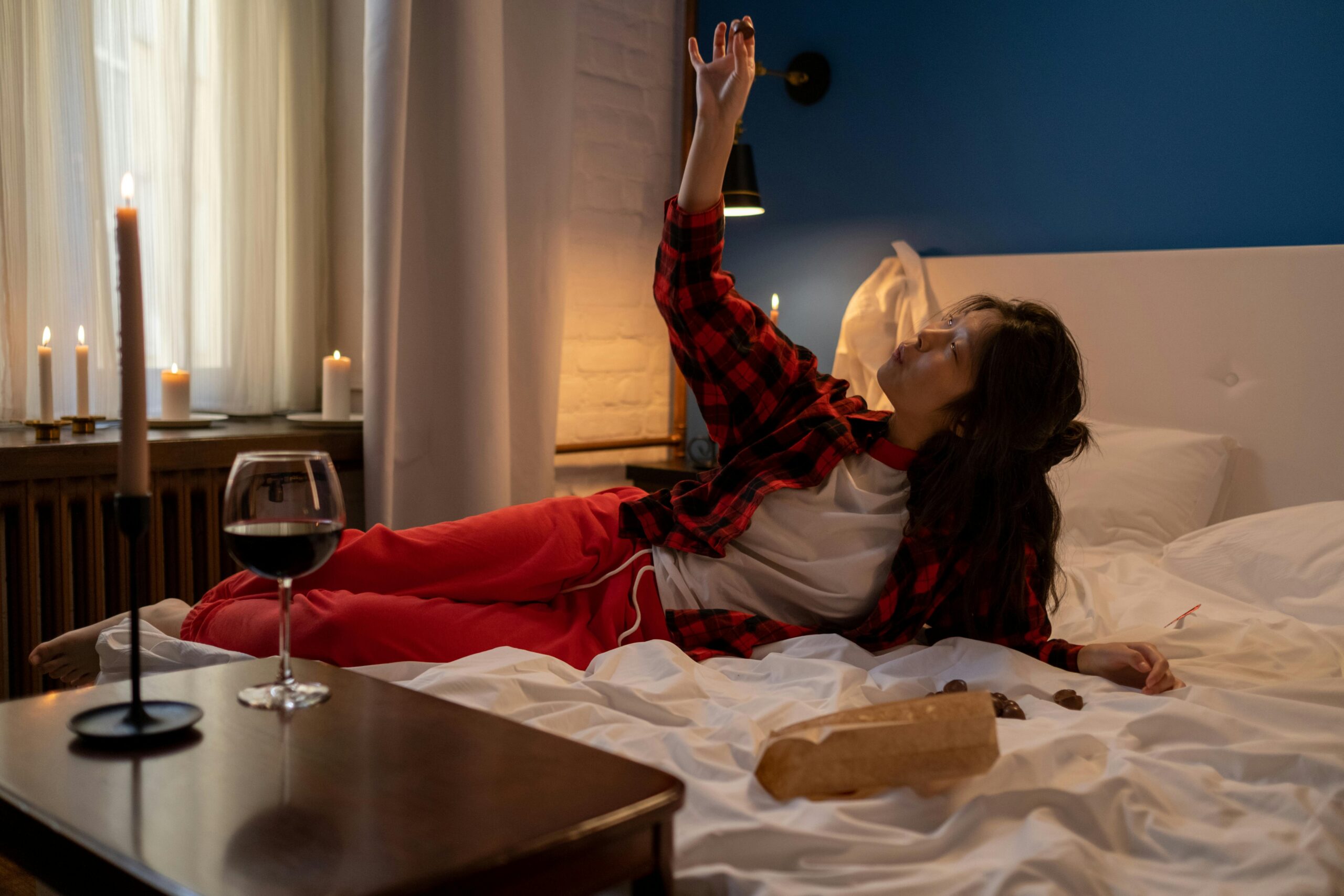
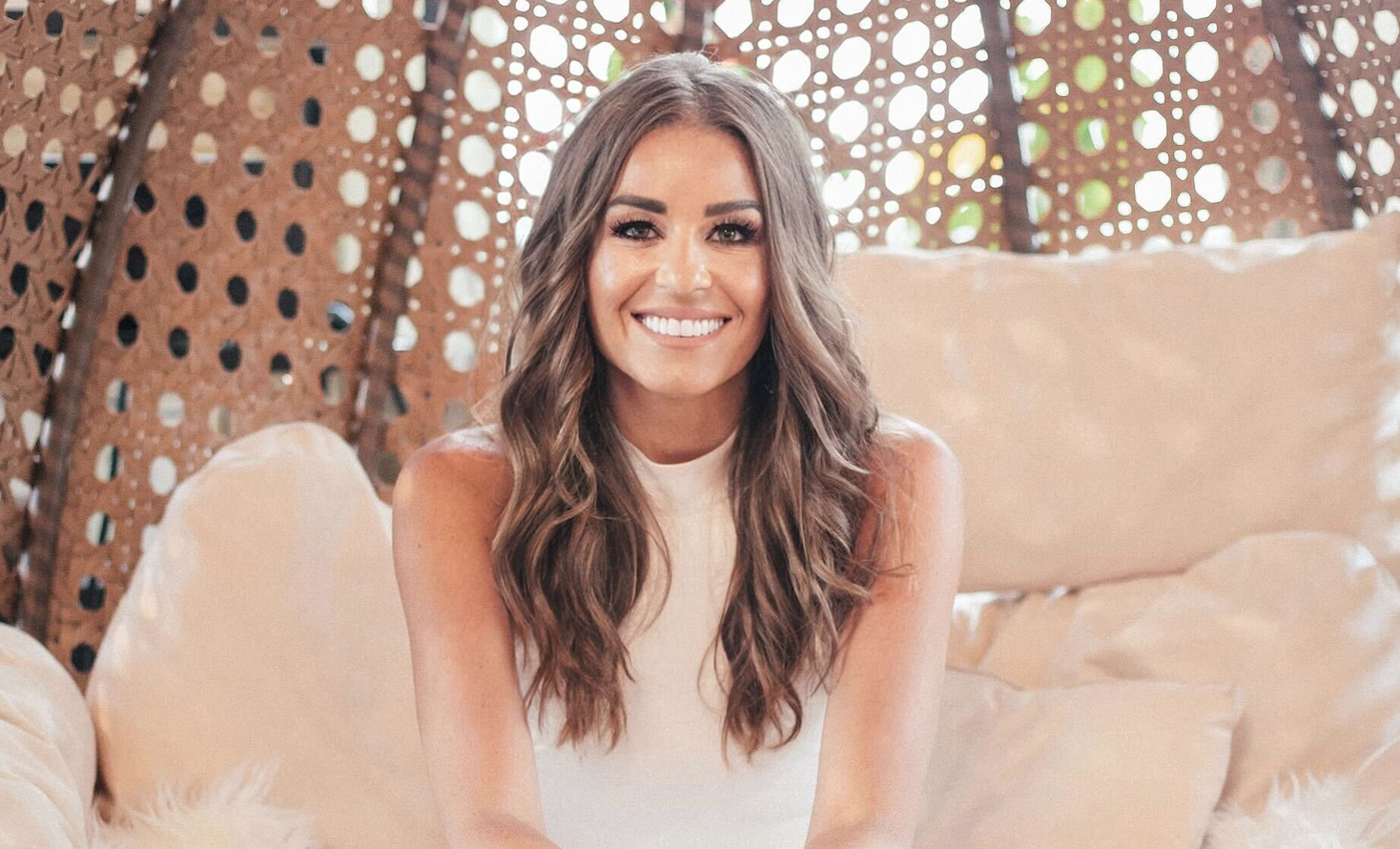
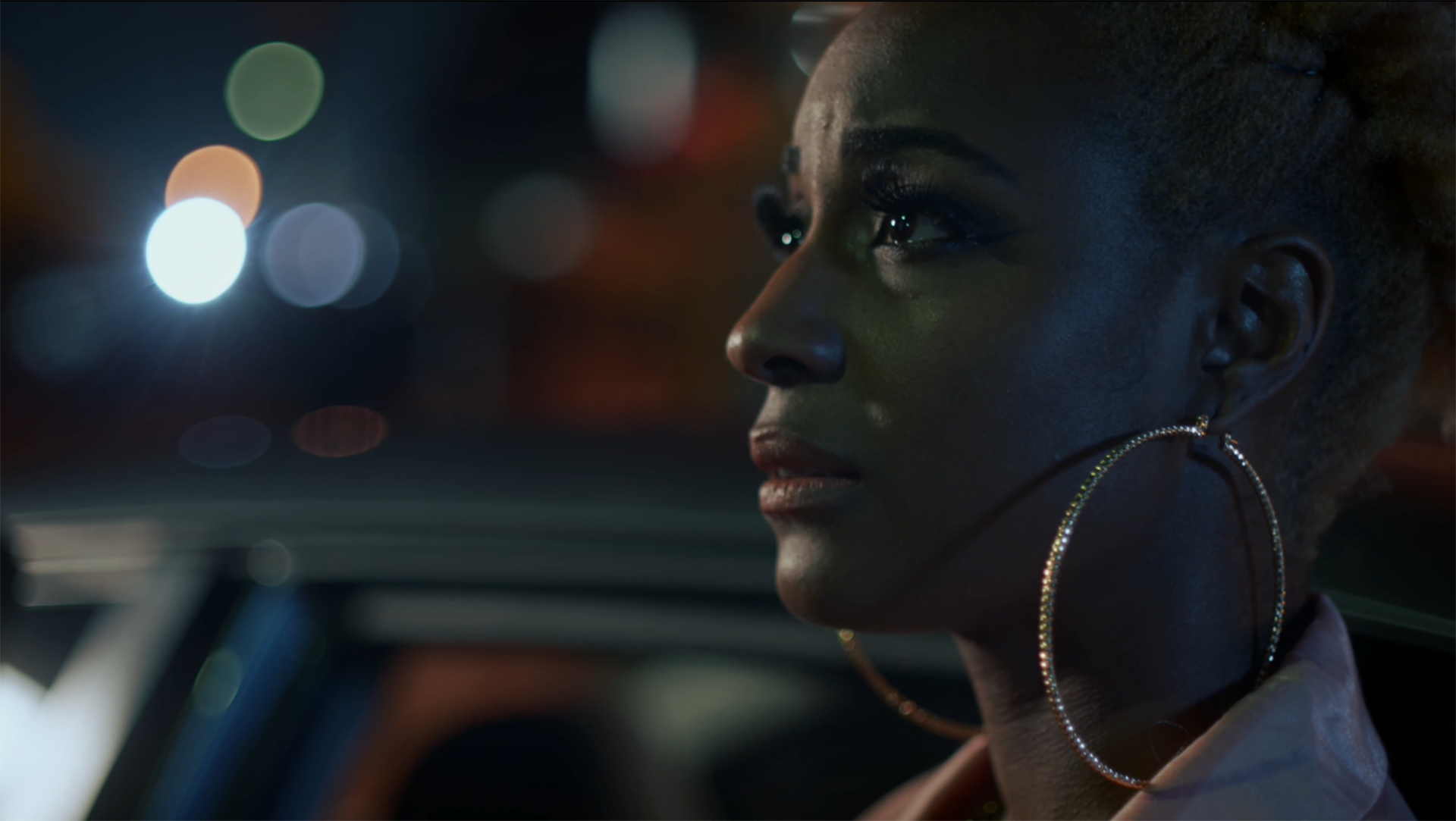

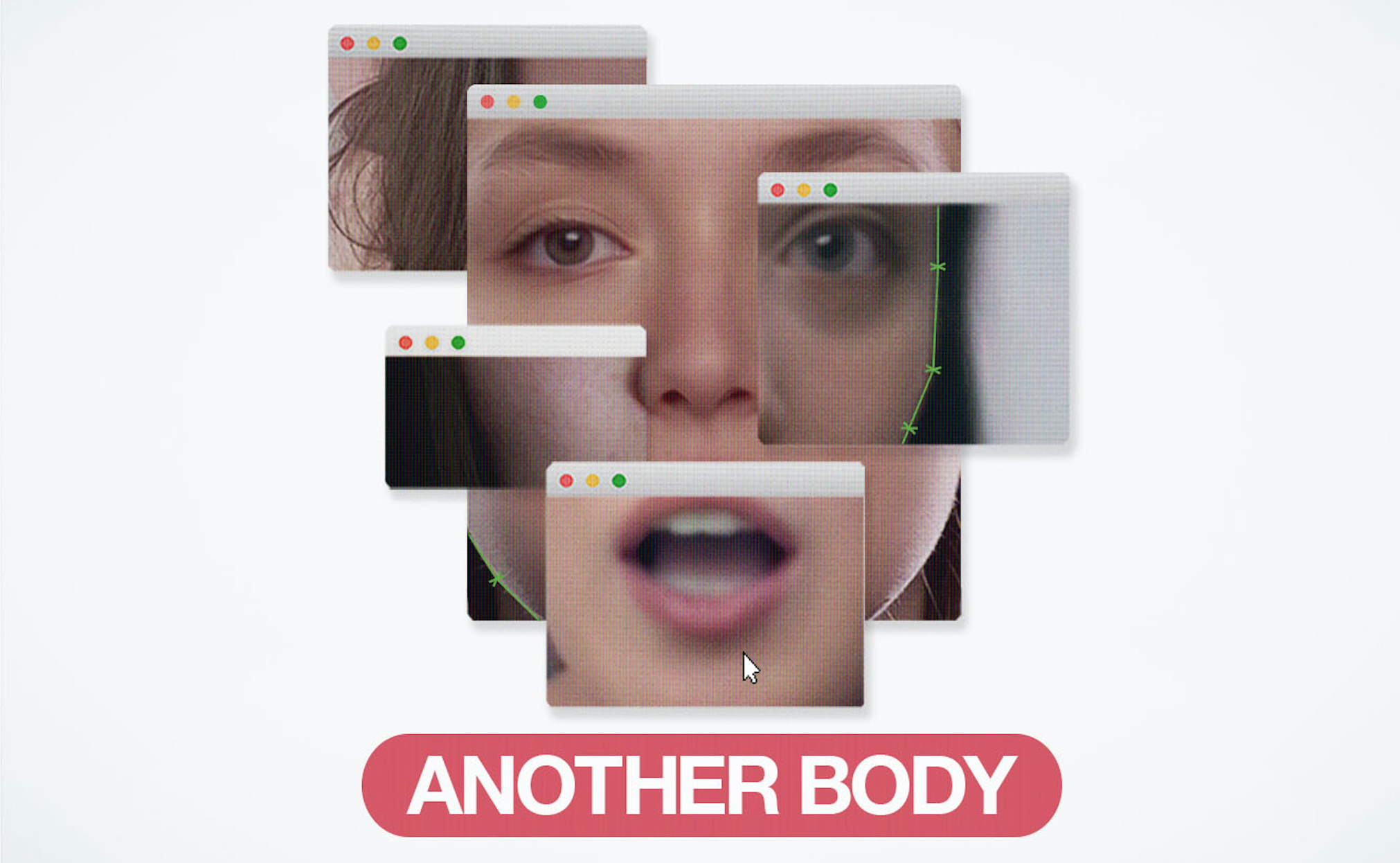
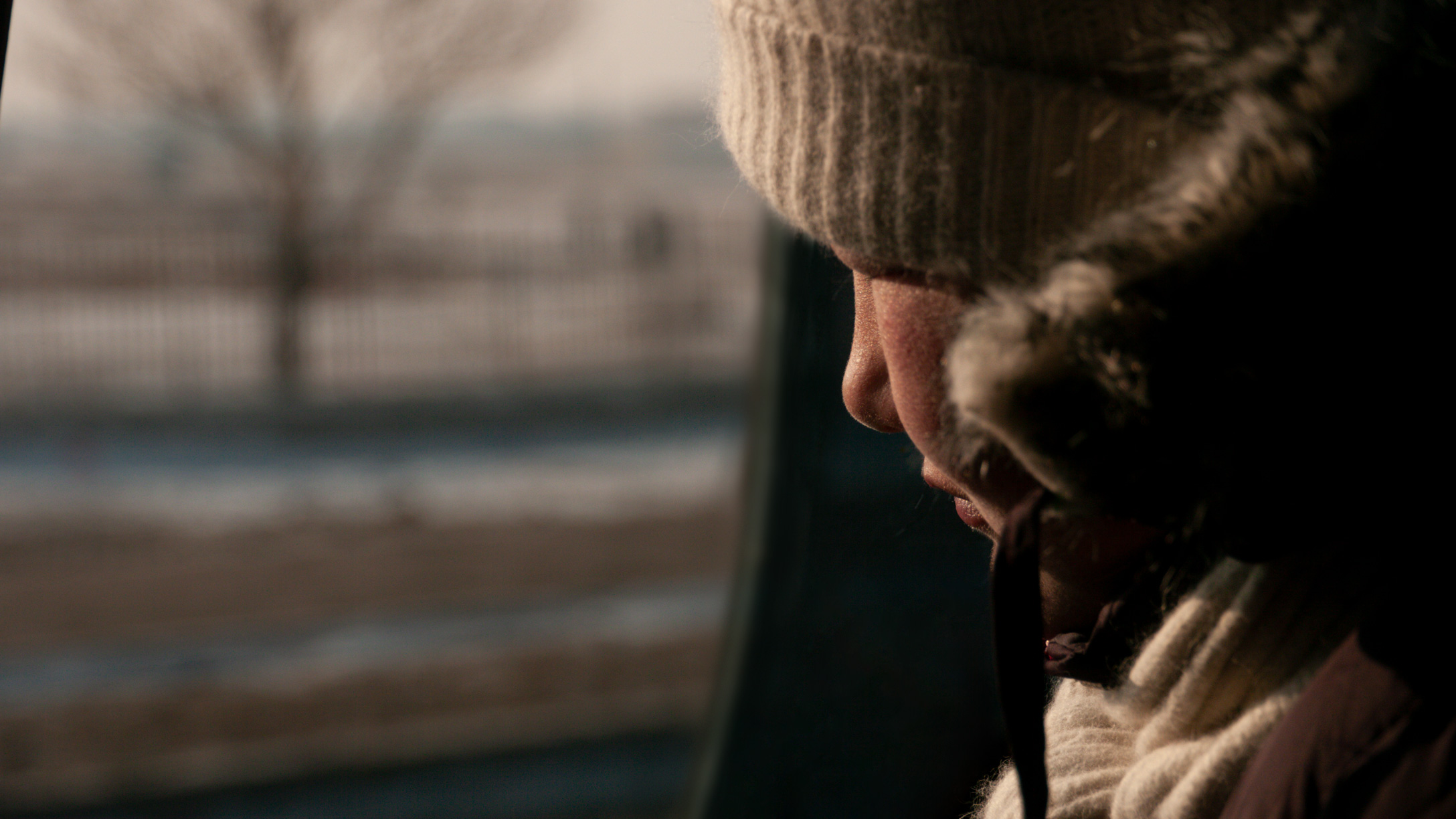
One thought on “Director Terrie Samundra On Returning To Her Home Town In India To Make Netflix Horror Film “KAALI KHUHI””
Comments are closed.